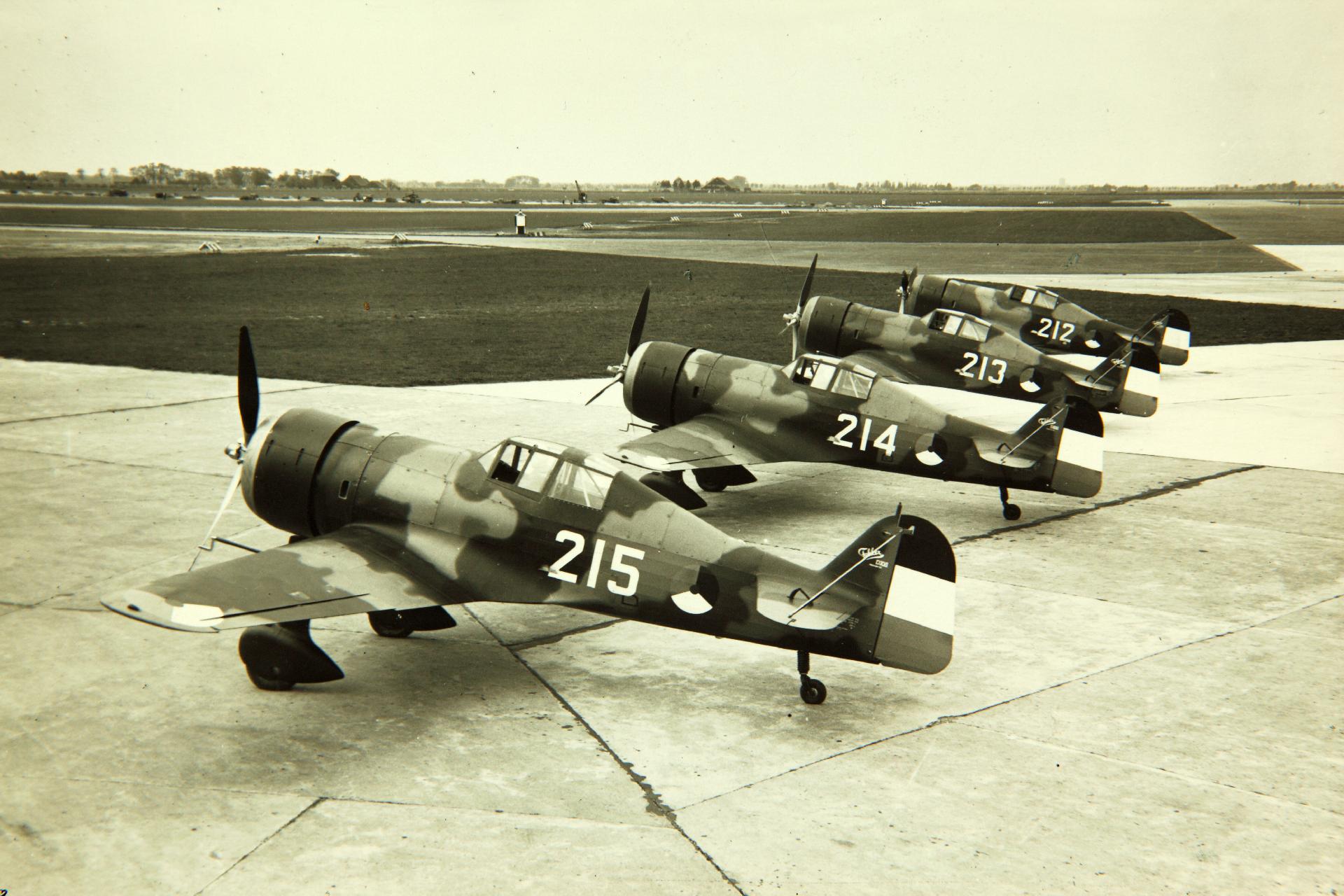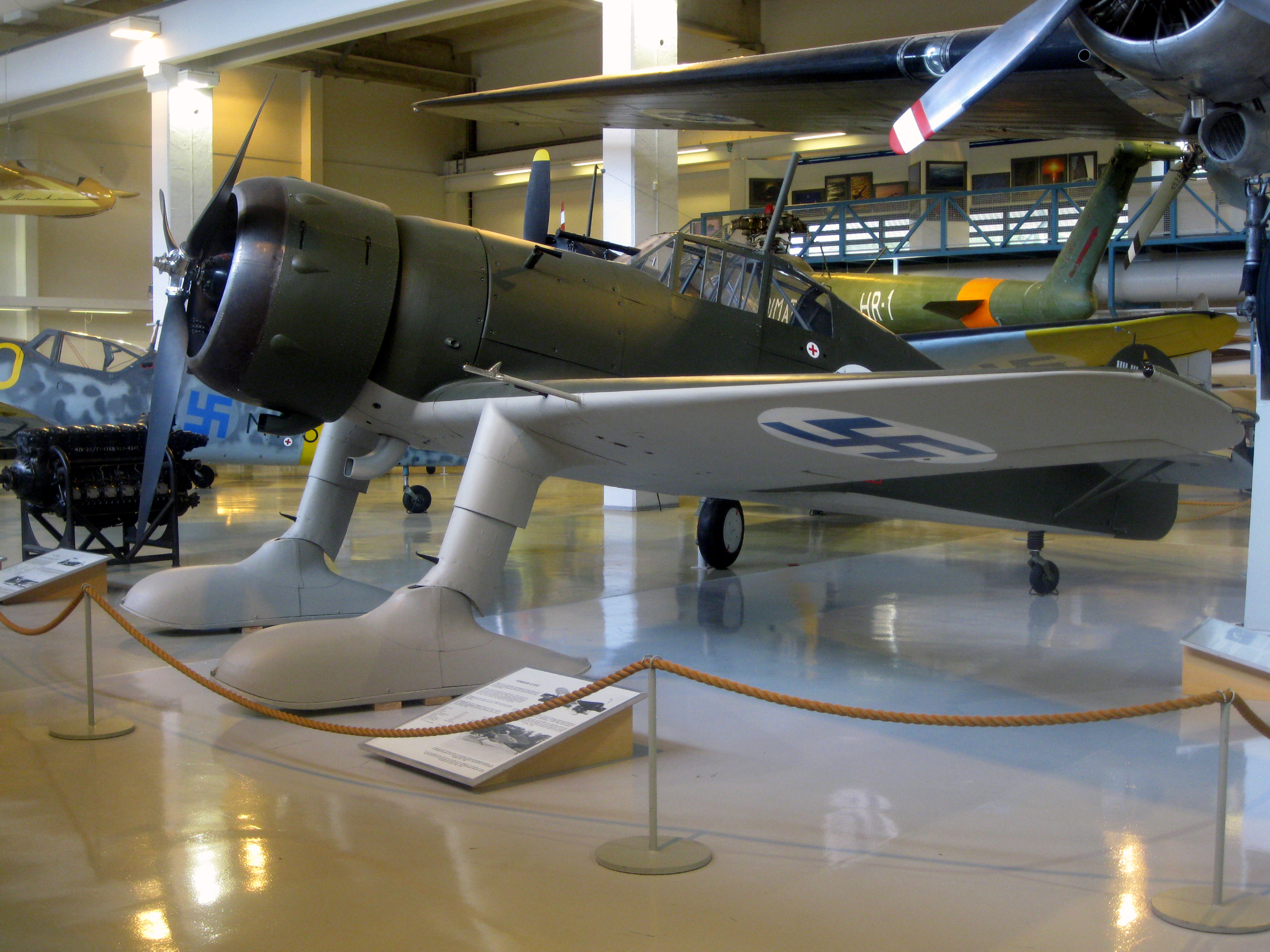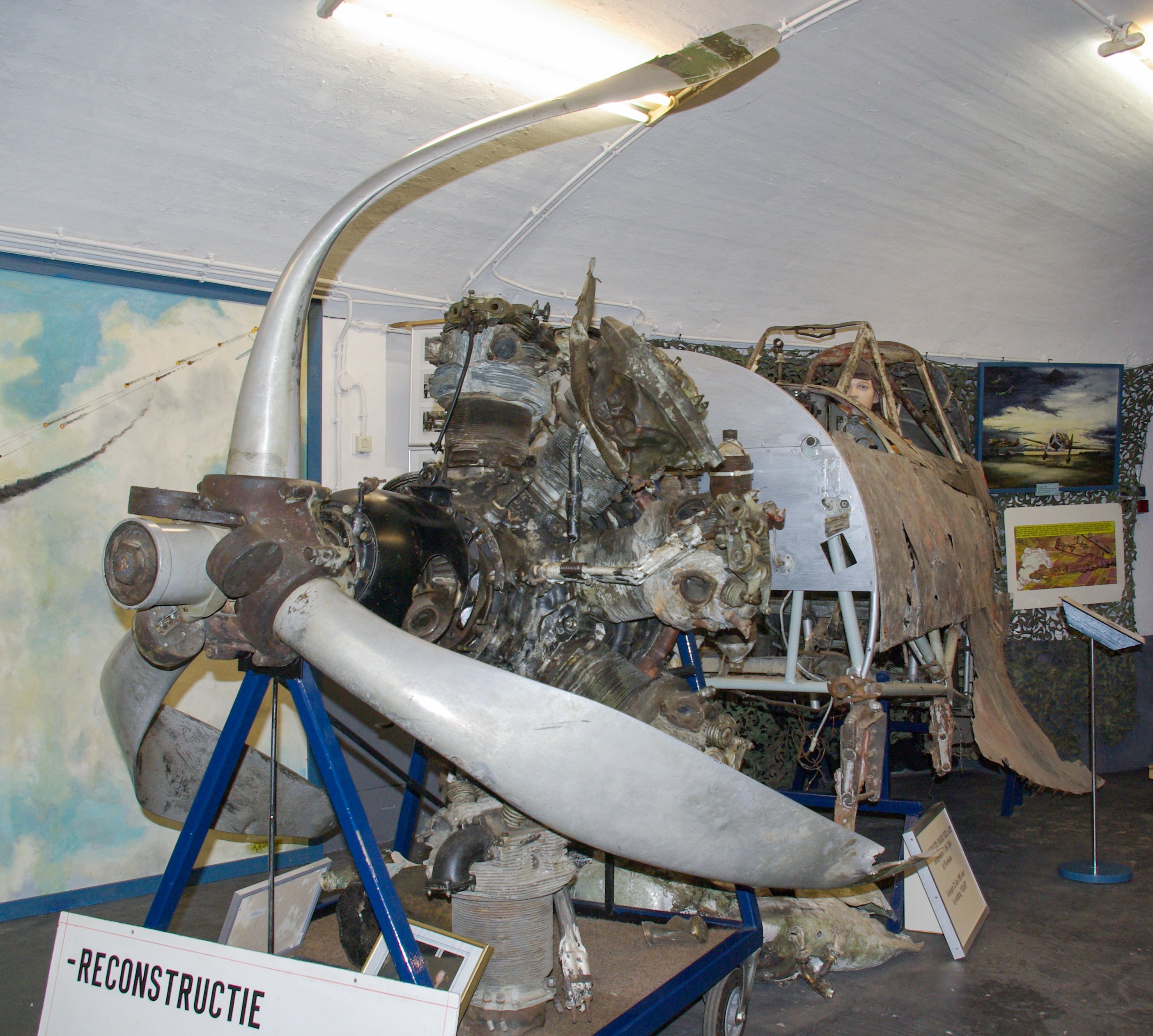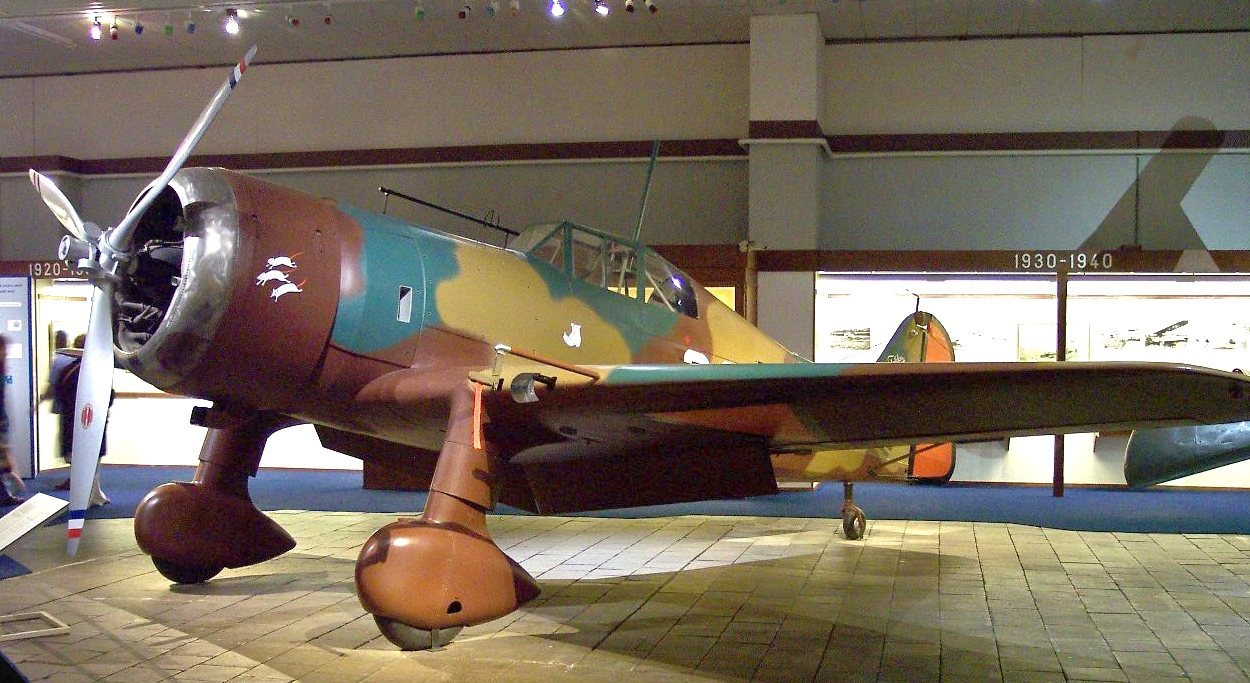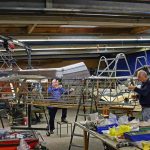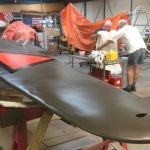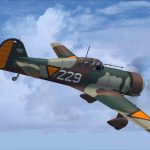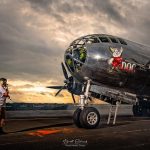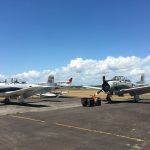Fokker D.XXI Fighter Replica to Fly in 2020
by Richard Mallory Allnutt (Editor)
The Dutch aviation pioneer, Anthony Fokker, played an incredibly important role in the development of both military and civil aviation during the first three decades of powered flight. His designs, and the eponymous company he formed to build them, became mainstays in Germany’s war effort during WWI, with such important types as the Fokker Eindecker, Dr.I triplane and D.VII, the latter of which was perhaps the single best fighter aircraft of the whole War. However, by the mid 1930s Fokker’s military designs had a decidedly smaller audience. The final fighter which Anthony Fokker’s company put into production was the D.XXI. The mid-1930s fixed-gear monoplane with a steel tube, mostly fabric-covered fuselage and largely wooden wing was by no means high tech for its day when it first flew in March, 1936. It wasn’t the fastest, or most powerful, nor the most heavily armed on the world stage at that time, but what it lacked in those terms, it more than made up for with its agility. It was the only relatively modern fighter which the Netherlands was able to field as they took on the German Luftwaffe during the Battle of the Netherlands … an invasion lasting just five days in May, 1940 before Holland was forced to capitulate. The tiny nation simply didn’t have enough resources to take on the Nazi juggernaut. However, the handful of Dutch Fokker D.XXIs which did make it into the fray acquitted themselves well, relatively speaking, against the far more modern Messerschmitt Bf 109s that they went up against, being able to out turn them and scoring several victories. But there simply weren’t enough of them, nor enough pilots…
Today there is just one complete Fokker D.XXI of the 148 built known to exist, and it is on display in Finland at the Finnish Airforce Museum in Tikkakoski, Jyväskylä, Finland. Finland received seven production examples from Fokker, and produced a further 93 under license. The type proved a mainstay against the Soviet Union in both the Winter War of 1939/40 and the Continuation War 1941-1944. A number of Finnish pilots became aces in D.XXIs, and the surviving example itself, serial FR-110, is credited with having shot down ten enemy aircraft. Interestingly, both Denmark and Spain also license-built the Fokker D.XXI. While Denmark produced just ten examples in addition to the three Fokker-built examples, the Spanish factory reportedly had fifty D.XXIs on the production line to supply the Spanish Republican Air Force in their fight against Franco in the Spanish Civil War. However, their factory was unfortunately overrun by Fascist forces before any are believed to have be completed.
And of the 36 examples which served in the Dutch Air Force, only the shattered remains of one example have survived. It was reportedly shot down near Nieuwkoop, Holland by Luftwaffe Bf 110s on May 11th, 1940. In 1993 a local group named the Crash Foundation excavated the crash site, and have reconstituted the forward fuselage into a compelling display at a small museum in Aalsmeerderbrug. There is also a full-sized replica on display at Nationaal Militair Museum located at the former Soesterberg Air Force Base in Soesterberg, Netherlands.
However, for those wishing to see and hear a Fokker D.XXI performing in the skies, it has not been a possibility since the Finnish Air Force grounded their last examples in 1949. But things look set to change….
Experienced aircraft maintenance and restoration expert Jack Van Egmond has set his sights on building an accurate replica of the Fokker D.XXI and he is already well on the way to doing so at his Hoogeveen Airport in The Netherlands. While most D.XXI’s were powered by the Bristol Mercury radial engine, some were upgraded to use a Pratt & Whitney R-1535 Twin Wasp Junior. Van Egmond will be using a more-available Wright R-1820 Cyclone. A recent press release states that van Egmond, working alongside his grandson Tom at their company, ATN Aircraft Division are coming close to completing the main structural elements of the airframe.
The press release continues…
The company ATN is the aircraft maintenance company Jack van Egmond set up back in the days. Nowadays Jack is a proud father and grandfather of what he and his family have achieved allready. ATN restored several WWI and WWII aircraft and now their biggest challenge is building the only flying example of a Fokker D.XXI in the world, to honor those who fought for our freedom.
The D.XXI will become ‘’Van Egmond’s Masterpiece’’. In 2014, Jack and his grandson Tom started the project, building the main wing spars and ribs, all from the original drawings. Using a combination of newly made and original parts. The project is under supervision of certified engineers, Fokker Technologies, ILNT and the Dutch Ministry of Aviation.
The First official Rollout of PH-XXI will be at the Wings & Wheels Fly-in at May 30,2019 at Hoogeveen Airport. The airport is open for public at 10.00 AM! This historical premier will take place outside her restoration hangar and will be the first time the public can actually see this ‘new’ Warbird. The Dutch aviation enthusiasts hope to have the Fokker D.XXI flying in spring 2020.
The team do indeed appear to have the creation of a masterpiece in the works as the videos below further testify…







